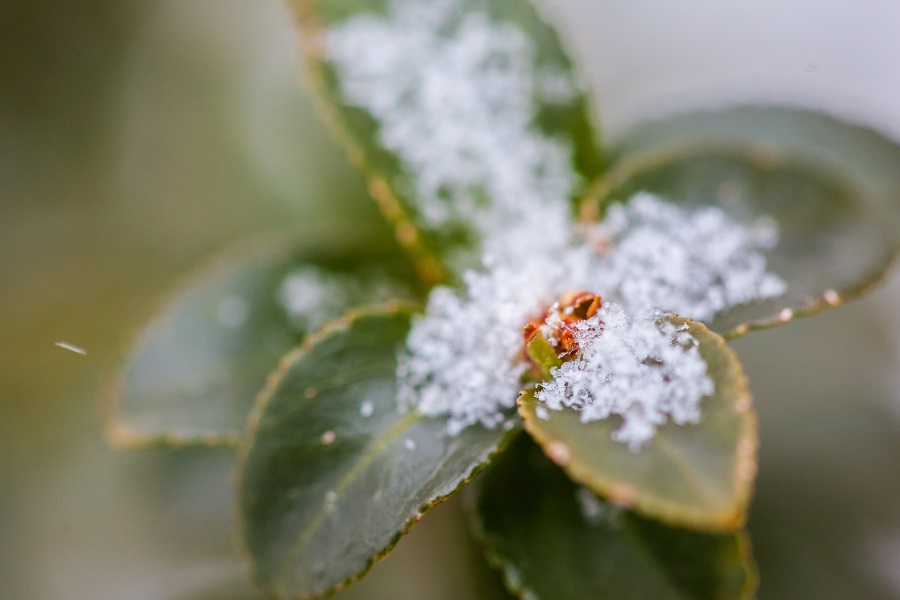Helping Your Future Self
If you’re a plant lover, you don’t want your plants to die just because the temperature drops. To fix this problem, you might be wondering, “How do I prepare my plants for cold weather?”
Luckily, this article has everything you need to know when it comes to preparing your plants for the winter months. Keep reading more below to learn where you should start.
Making It Easier for Spring
Preparing your plants for cold weather is the first step in making your spring gardening a much easier task. However, there are so many factors to consider when it comes to preparing your garden that it might be hard to figure out where to start.
One of the most important factors, of course, is picking the right plants. There’s nothing worse than choosing warm-weather plants for your garden just as the temperatures start to drop.
Choosing the Right Plants
Choosing the right plants for winter will ensure that you won’t have a bunch of dead plants to deal with by spring. For winter, try to opt for plants that are sturdy and resistant to the cold. These plants can include daffodils, hellebores, snowdrops, winterberries, and so on.
Since these plants already are used to the cold, you won’t need to do much in terms of plant preparation. Of course, this doesn’t mean you should let your plants fend for themselves all through the bitter cold of winter.
There are a few things you need to do to make sure your plants not only survive but remain healthy through the winter. This is especially true if you want to keep your non-winter plants alive through the cold weather as well.
Wrapping and Protecting
Just as we love to get under the blankets on a cold winter’s day, plants also need a similar kind of protection, especially once the first frost comes. Frost is one of the number one plant killers during the colder months, and if you don’t prepare your plants beforehand, you’re going to have to be weeding out a lot of dead plants by spring.
You’ll want to wrap your plants with some kind of fabric like burlap. You can also use plastic, but this may leave your plants more susceptible to being damaged by frost. Another downside of plastic is that if a warm day comes around during the winter, your plants could overheat.
Once you have your covering, cover your plants with it and either tie it to your plants or create a sort of tent.
Applying Mulch
Applying extra mulch to your plants goes hand-in-hand with wrapping them up. During the winter, there’s not going to be a lot of foliage that might naturally give nutrients to your plants. Instead, you’ll need to apply mulch.
Throughout the winter, this mulch will decompose and its nutrients will seep down into the roots of your plants. Mulch can also act as an extra blanket to protect the roots of your plants from the cold. However, be careful not to pack the mulch too tightly around the stems of the plants.
This can cause the stems to rot due to the buildup of moisture. Woodchips or straw are both good ideas for mulch.
Cleanup and Pulling Out Weeds
One of the best gardening tips you can follow is pulling out the weeds in your garden before you cover up your plants. After all, if you’re covering up your plants in order to allow them to survive, any remaining weeds might survive as well and cause some damage over the winter.
Weeds love to suck up the nutrients in the ground. This can take away from the nutrients your plants are getting. With time, this could lead to your plants getting weak, so be sure to remove any weeds as soon as possible.
Get Rid of Slimy Leaves and Plants
As you pull out any weeds, you should also take the opportunity to pull out any dying or diseased plants. If you bag a diseased plant along with the rest of your healthy plants, the same disease might spread to your other plants. By spring, all your plants might be sick or dead because of a simple mistake.
Even if your plants only have a few slimy or withered leaves, you should get rid of them as they could be part of a larger problem. Be sure to throw away any diseased plants rather than add them to your compost pile.
Prune Perennials
Perennials need special attention for the winter compared to other plants. You’ll want to cut them down to about four to six inches. This will allow them to save their energy and come back full force during the spring.
This is because, rather than the plant’s energy going to any leaves or stems, the energy will instead be directed down to the roots. Mulching your perennials will also help them survive.
Think About Planting
If you’re planting before winter, keep in mind where you’re positioning your plants. Plants that are isolated tend to be more vulnerable to the cold. On the other hand, if you put your plants near your house where they can be protected from cold winds, they might have a better chance.
The elevation is also important. Plants in a low spot in the ground might flood once spring comes around. Instead, try planting your plants higher up or on even ground just to be safe.
Plan Your Spring
During the winter, you should be using your time to think about what to do with your garden and landscaping in the spring. No doubt, you’ll have a lot of work to do once the frost or snow thaws if you want to keep your plants healthy.
This might include getting new fertilizer or mulch and keeping track of the weather to make sure another frost doesn’t come around again. You could also plan what kind of new plants might be good for your garden in the spring.
How Do I Prepare My Plants for Cold Weather?
By the end of this article, you should no longer be asking yourself, “How do I prepare my plants for cold weather?” Instead, you should be very well prepared when it comes to keeping your plants safe all through the winter.
To learn more, contact us here.






